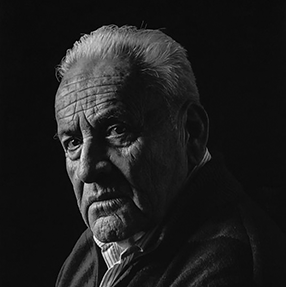Pegasus Autopsy
translated by Bryan Mendoza
It’s a spacious chamber.
Well lit.
A light that refracts the distant woodland.
Over the table lies
the body and the wings
outspread
like sails of a shipwreck.
They’ve stitched together the carnage
with no other motive
than something comparable to mercy.
Soon the volunteers will arrive
and they’ll take the body,
including the wings
to the landfill.
Disección del cadáver de Pegaso
Es una sala espaciosa.
Muy clara.
Es luz que refracta el bosque lejano.
Sobre la mesa yacen
el cuerpo y las alas
extendidas
como velas de bajeles deshechos.
Han hilvanado el despojo
sin otro motivo
que algo semejante a la caridad.
Pronto llegarán los voluntarios
y se llevarán el cuerpo,
incluidas las alas,
al basural.
© 2020 Julio Pazos Barrera and Bryan Mendoza. Published in Poem-a-Day in partnership with Words Without Borders (wordswithoutborders.org) on September 19, 2020, by the Academy of American Poets.
“Poems written with mythologic motives are visions that arise from both vital and literary concerns. In ‘Pegasus Autopsy,’ one of these mythological episodes is evoked. In mythology, the winged horse relates to the muses, the goddesses of artistic inspiration. In my poem, the pegasus corpse could signify the decomposition of the arts, especially poetry, in the current materialized society we live in.”
—Julio Pazos Barrera, translated by Bryan Mendoza
“Los poemas escritos con motivos mitológicos son visiones que surgen de inquietudes vitales y literarias. En Disección del cadáver de Pegaso se evoca un episodio mitológico. En la Mitología, el caballo alado se vincula con la fuente de las musas, divinidades de las artes. En mi poema, el cadáver de Pegaso puede significar el deceso de las artes, especialmente de la poesía, en la materializada sociedad actual.”
—Julio Pazos Barrera

